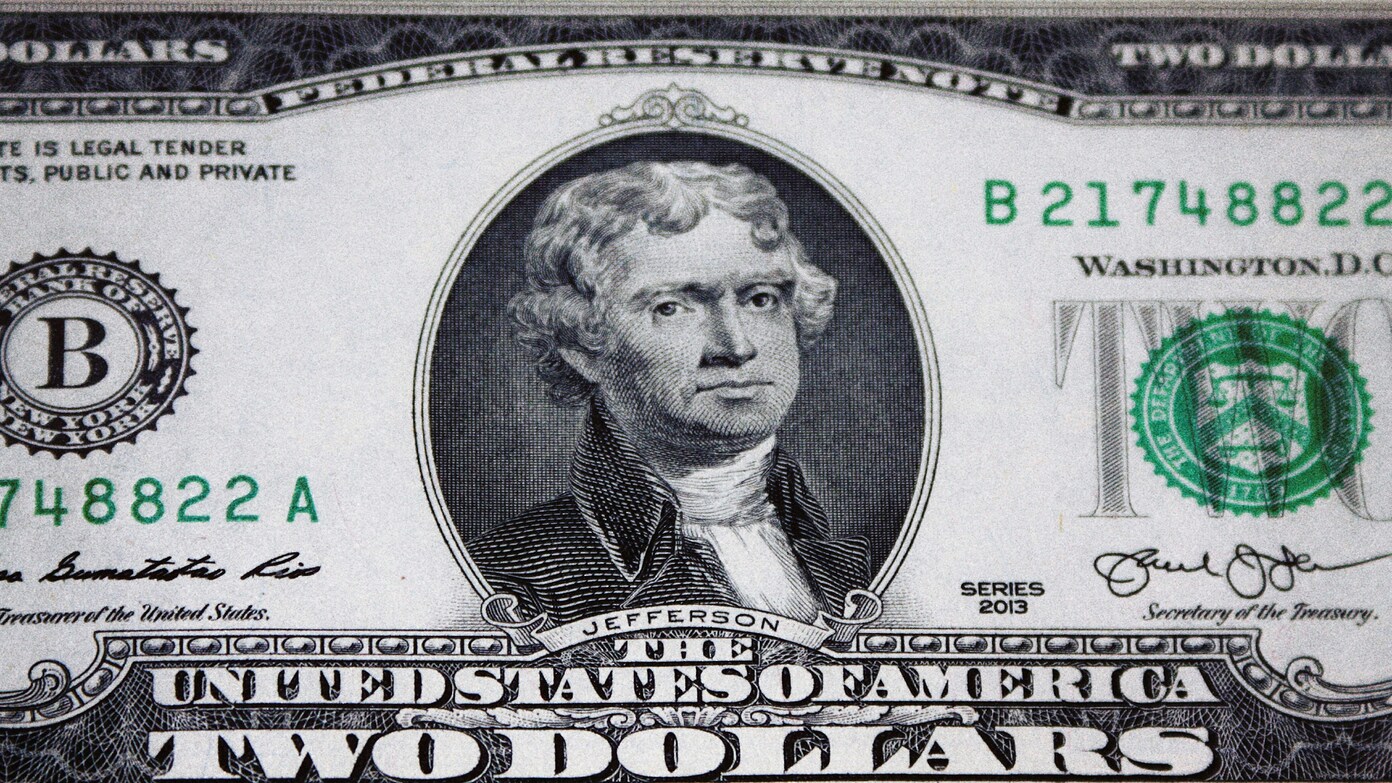Now, there is little use for those $5,000 “DOGE dividend” checks, which had stirred taxpayers into excitement. The initial plan floated by Azoria investment firm CEO James Fishback proposed that the Department of Government Efficiency would then return about 20% of its federal spending cuts back to taxpayers. With approximately 80 million U.S. households paying tax, this would then mean $5,000 for every household; DOGE saved $2 trillion. Now, however, the projected savings of DOGE had been cut in half.
Musk, who has been central to this whole initiative, has balanced this against a new savings goal-which, by the way, went down to $1 trillion, thus making the hypothetical checks $2,500. By that time, however, based on current data posted on DOGE’s “wall of receipts,” which shows savings of $140 billion as of March 30, the actual “dividend” would be closer to $174 per taxpayer—and that’s if Congress even agrees to such a thing. At a March 30 rally, Musk made it clear that he and former President Donald Trump couldn’t authorize the checks alone. “It’s somewhat up to Congress and maybe the president,” he said.
You must read this now: Elon Musk gives Trump a ‘heads up’ and makes a plea with tariffs that goes against the president’s decision: “Zero tariff situation”
What’s going on with Musk’s role?
Speculation about Musk’s role in DOGE and the government in general has heightened. Trump has been quoted as stating, quoting some insiders, that Musk would eventually come back, focusing on his businesses, and, hence, not denying that he is being pushed out of DOGE. For instance, Musk serves as a “special government employee” on a legally limited 130 days of service per year. He was designated on February 3, and the service is effective no later than June 13. If he started before, the deadline could be as soon as May 30.
Musk will be, however, advised, according to the Vice President JD Vance, even without any formal position, although he has limited official scope. Still, some insiders said that Musk had become a liability politically, so it might be uncertain what the future holds.
Does Musk run DOGE?
It all depends on who you ask. Trump has been very vocal in praising Musk as a leader of DOGE. However, the administration does not describe Musk as a decision-maker but as a senior advisor in court documents.
Amy Gleason, health tech executive and former U.S. Digital Service official, has publicly been claimed to be acting administrator of DOGE since February 25. Official records showed that the controlling authority of the initiative now belonged to her, not Musk.
What actual savings are there in DOGE?
According to its website, DOGE has amassed savings of $140 billion through various activities such as canceled contracts, lease renegotiations, reduction of workforce, and more. That translates into around $869.57 for every taxpayer. Nevertheless, some of these claims about savings have been disputed.
In one case, DOGE was found saying that it saved $881 million by canceling contracts with the Education Department, but those contracts were worth only $676 million. Another claimed $8 billion saving turned out to be $8 million.
What’s up with DOGE?
Mysteriously, contrary to its aim, DOGE—short for the Department of Government Efficiency—is not an official federal agency. It is a temporary body created by Trump with a mission to run until July 4, 2026. Its aim is to reduce government spending and cut bureaucracies.
Interestingly enough, that DOGE acronym also seems to stand for the dogecoin cryptocurrency that Elon Musk has tirelessly promoted for years. Whether the initiative will have a lasting legacy or, better still, a tangible dividend remains to be seen.

